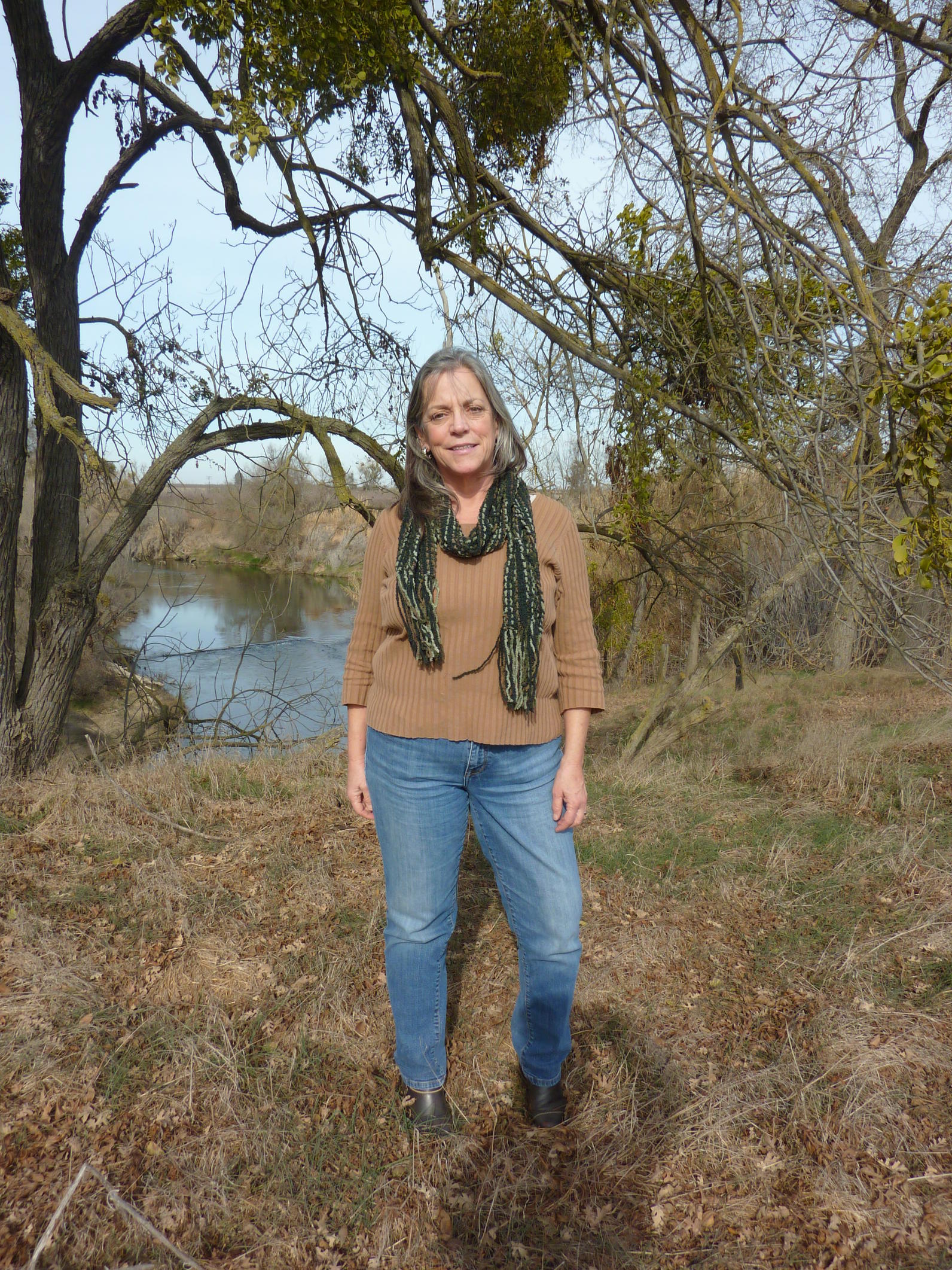Tricolored Blackbird
Latin: Agelaius tricolor
Partnering with landowners to protect birds
Black-necked Stilt flying by granary.
Audubon California's Working Lands Program increases the scope and scale of bird-friendly practices on farms, wetlands and other managed lands in the Central Valley. We do this by cultivating relationships with landowners, advocating for statewide policies that secure water and habitat for birds, and engaging our grassroots network in their communities. Our work provides protection for focal species like the Long-billed Curlew, Tricolored Blackbird, and Western Grebe.
California’s Central Valley has 205,000 acres of managed wetlands, less than 5 percent of what was historically available. The region has some of the most fertile land in the nation and boasts 7 million acres of irrigated farmland. Some types of farms – particularly those with rice and other flood-irrigated field crops – provide important and complimentary habitat to managed wetlands for birds and other wildlife. This synergy of flooded farmland and managed wetlands fundamentally links the health of Pacific Flyway bird populations and California’s farms. Audubon California has worked for 15 years to build partnerships with farmers to protect, enhance, and restore bird habitat on farmland in California’s Central Valley.
The Pacific Flyway, connecting Alaska and South America, is a major migratory pathway for birds. The Central Valley is an important stopover site for birds to feed and rest. Flooded habitat provided by Central Valley farms, refuges, and other managed areas supports between 5-7 million waterfowl and 350,000 shorebirds each year- that’s over 60% of the Pacific Flyway and 20% of the nation's waterfowl population! Over the long-term, the best opportunities to ensure the long-term conservation of birds and other wildlife in the Central Valley are to protect and enhance working landscapes for birds and wildlife while also ensuring a vibrant system of managed wetlands on public and private lands.
Examples of Audubon California's private lands work includes:
The Tricolored Blackbird in California
Grasslands Video on CVPIA with MH from Meghan Hertel on Vimeo.
How we empower ranchers and consumers to protect grassland birds.
An innovative partnership to save California’s vulnerable birds
From fires in the Sierra to clouds of windblown dust at the Salton Sea, the effects of drought driven by climate change are impossible to ignore.
California supports a large population of wintering Sandhill Cranes in its Central Valley and northeastern corner.

This is Cindy Lashbrook, an organic farmer from Merced County. She partners with our Working Lands Program to create bird habitat on her property. Her dream is to one day have the threatened Yellow-billed Cuckoo subspecies live and breed on her land.
This Thanksgiving, send Cindy and other farmer bird heroes like her a thank you note. Click here to learn more.
Three years ago, this stretch of Highway 45 in Colusa County was a treeless, plantless, birdless, insectless Caltrans right-of-way. Thanks to the vision of the Sycamore Family Trust, Audubon California, USFWS Partners for Fish and Wildlife program, Colusa County Resource Conservation District, Colusa High School, and others, this is what it looked like yesterday.
Our newsletter is fun way to get our latest stories and important conservation updates from across the state.
Help secure the future for birds at risk from climate change, habitat loss and other threats. Your support will power our science, education, advocacy and on-the-ground conservation efforts.
California is a global biodiversity hotspots, with one of the greatest concentrations of living species on Earth.